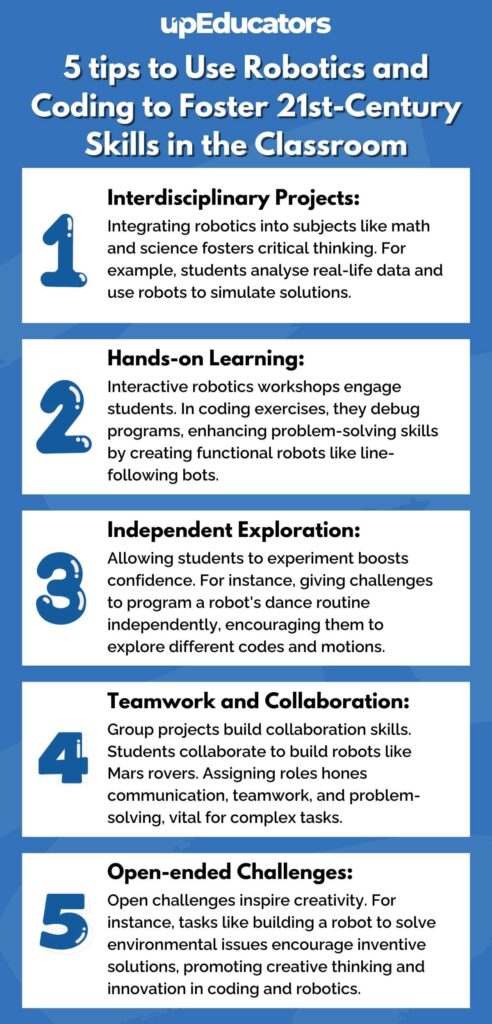
How to use a STEM robot to foster learning?
STEM (Science, Technology, Engineering, and Mathematics) education has become increasingly important in preparing students for the future job market. One innovative way to engage students in these subjects is through the use of robots. STEM robots can be valuable tools for fostering hands-on learning experiences in the classroom. In this article, we will explore how educators can effectively utilize STEM robots to enhance learning outcomes.
1. Introducing STEM robots in the classroom
Before incorporating STEM robots into your curriculum, it is essential to understand the potential benefits they offer. These robots can help students develop critical thinking, problem-solving, and collaboration skills in a fun and engaging way. By working with robots, students can apply theoretical concepts to real-world situations, making learning more relevant and meaningful.
2. Choosing the right STEM robot
There are various types of STEM robots available in the market, each with its unique features and capabilities. When selecting a robot for your classroom, consider factors such as the age group of students, the subject matter being taught, and the learning objectives you want to achieve. Some popular STEM robots include LEGO Mindstorms, Dash and Dot, and Sphero.
3. Designing engaging lessons
Once you have chosen a STEM robot, it is essential to design lessons that effectively integrate the robot into the curriculum. Create hands-on activities that require students to program the robot to complete specific tasks or solve problems. Encourage collaboration and experimentation, and provide opportunities for students to explore and discover new concepts independently.
4. Providing support and guidance
While working with STEM robots, some students may feel overwhelmed or frustrated, especially if they are new to coding or robotics. It is crucial to provide them with the support and guidance they need to succeed. Offer clear instructions, demonstrations, and resources to help students build their confidence and skills gradually.
5. Assessing learning outcomes
After incorporating STEM robots into your classroom, it is essential to assess the impact they have on student learning. Look for changes in students’ engagement, problem-solving abilities, and collaboration skills. Collect feedback from students about their experiences with the robots and use this information to inform future lesson plans.
6. Conclusion
In conclusion, STEM robots can be valuable tools for fostering learning in the classroom. By incorporating robots into your curriculum, you can create immersive and interactive learning experiences that engage students and help them develop essential skills for the future. With careful planning and support, educators can effectively use STEM robots to enhance learning outcomes and prepare students for success in the digital age.
Was this helpful?
0 / 0